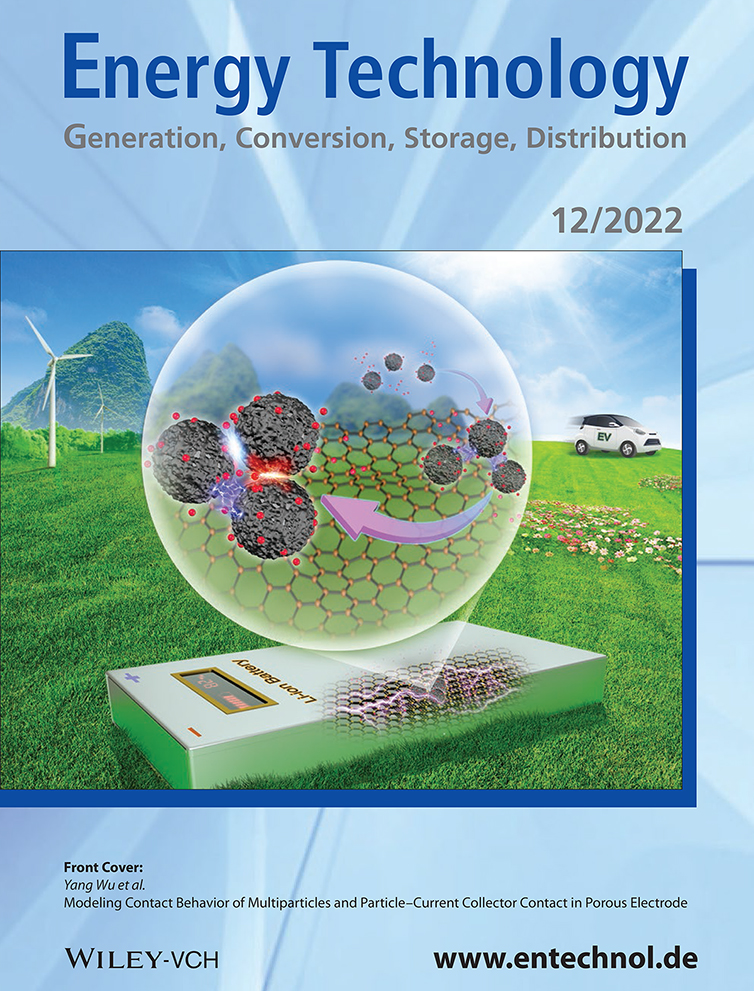Solar-Light-Assisted Lithium-Ion Storage Using Solar-Light Absorbing Material
Abstract
This study directly irradiates solar light on an electrode and evaluates the effect of solar-light irradiation on lithium-ion storage in tungsten oxide which has dual properties of solar-light absorption and lithium-ion storage. WO3 can be excited by solar-light irradiation and then generates photoelectrons that can affect the electrochemical properties of WO3 during lithiation and delithiation. The specific capacitance of WO3 for lithium-ion storage increases approximately 150% under solar-light irradiation, which is attributed to the photoelectrons by increasing the conductivity of the WO3 electrode and decreasing the surface energy for intercalating the lithium ions. The advantage of light irradiation is maximized under continuous light irradiation during lithiation and delithiation rather than intermittent irradiation. Delithiation showed a more significant improvement under light irradiation than lithiation due to the agreement of the direction of electron and photoelectron flows caused by the band bending of WO3 semiconductors (enabling easier deintercalation of lithium ions). Both the generated photoelectrons and intrinsic properties (such as band bending of the WO3) affect the lithium-ion storage ability of WO3 under light irradiation.
Conflict of Interest
The authors declare no conflict of interest.
Open Research
Data Availability Statement
The data that support the findings of this study are available from the corresponding author upon reasonable request.




